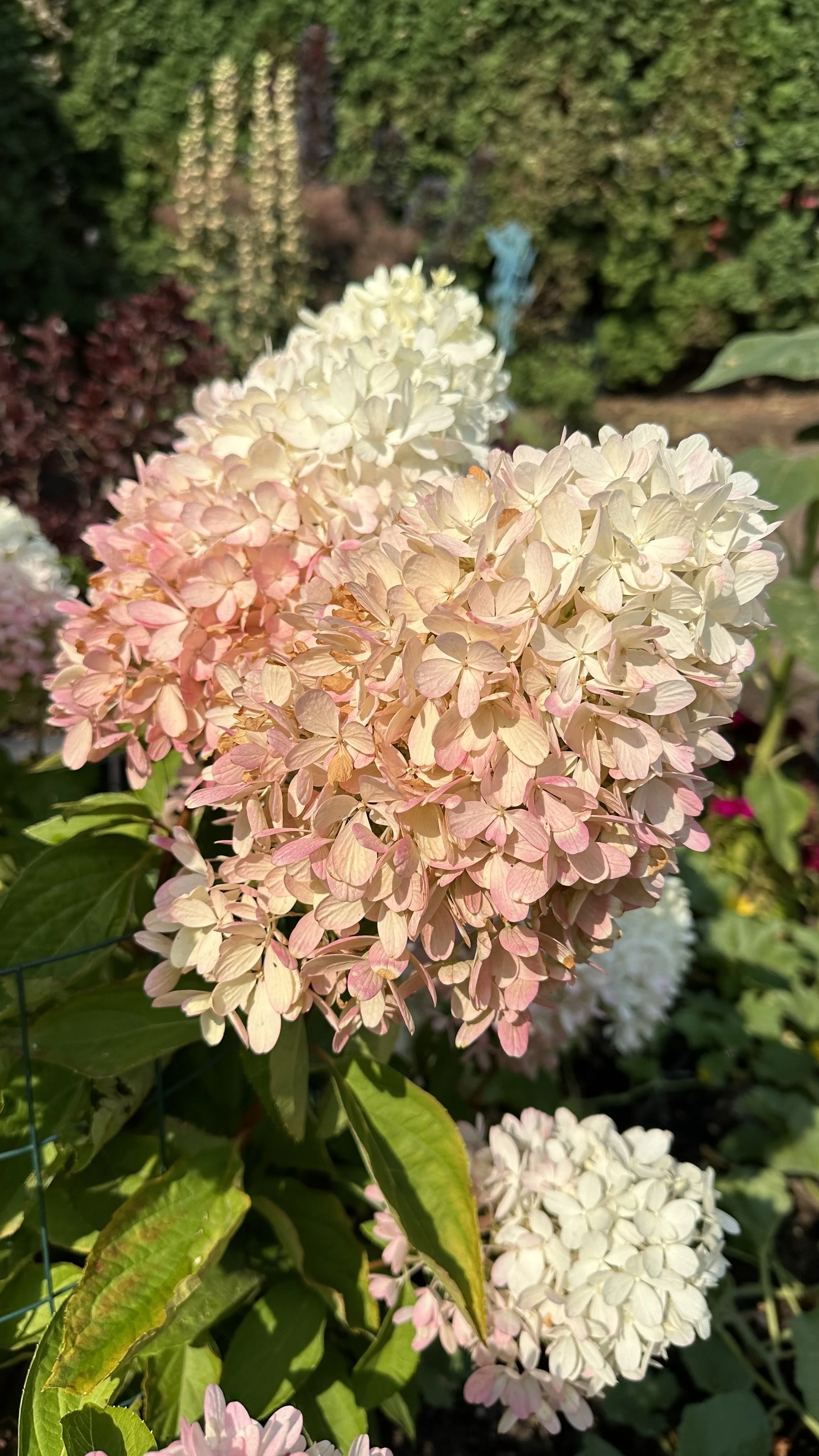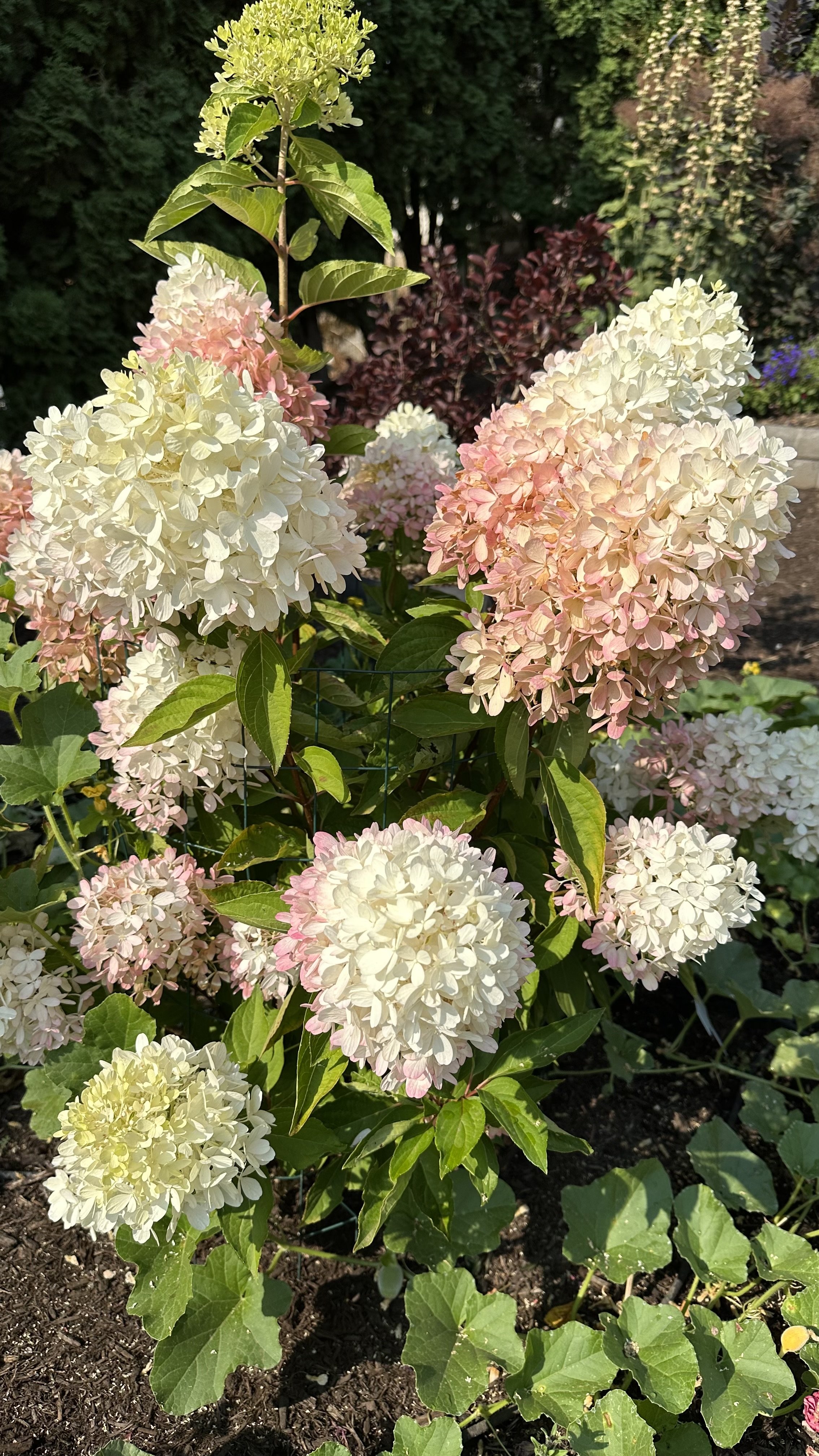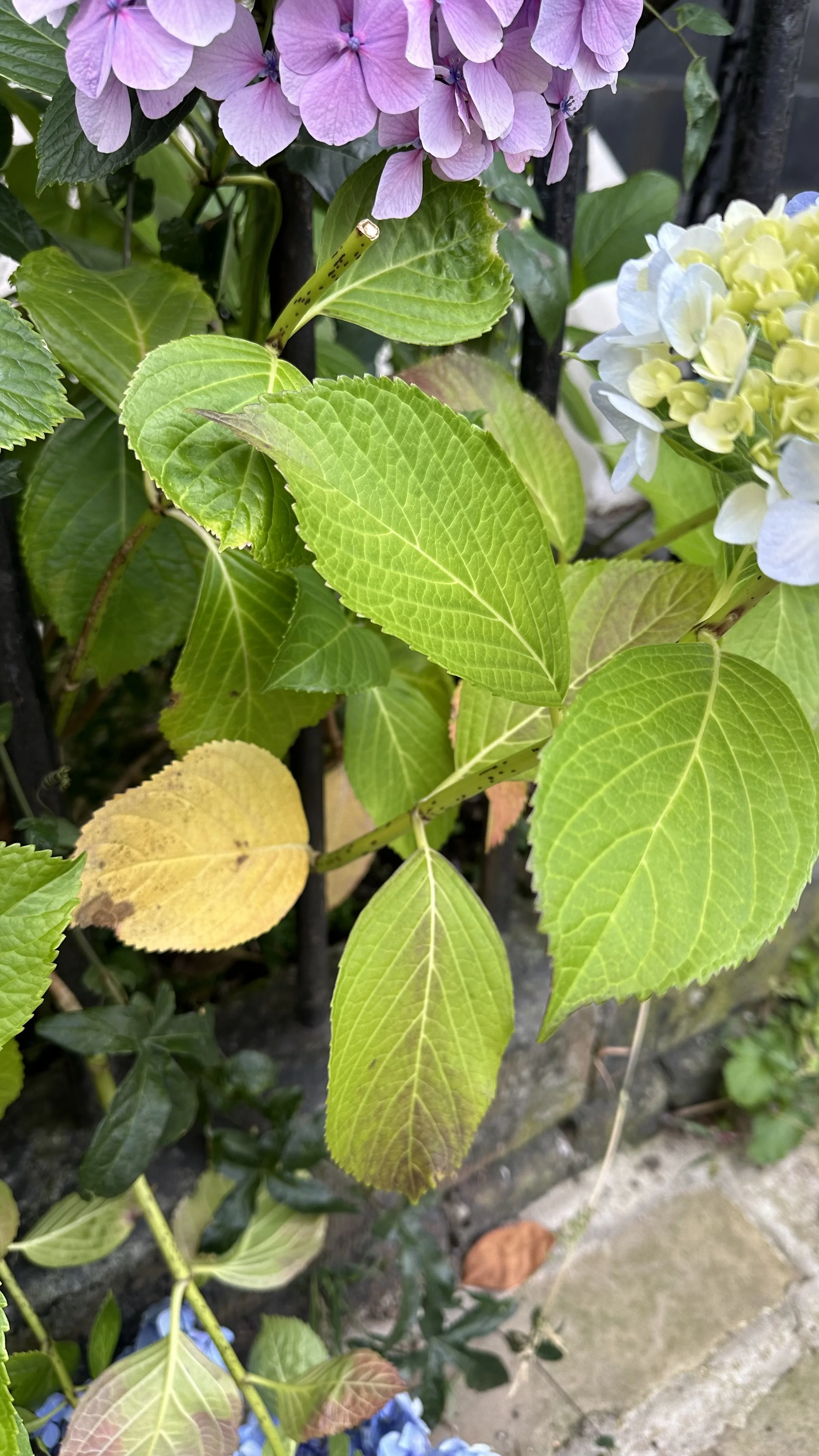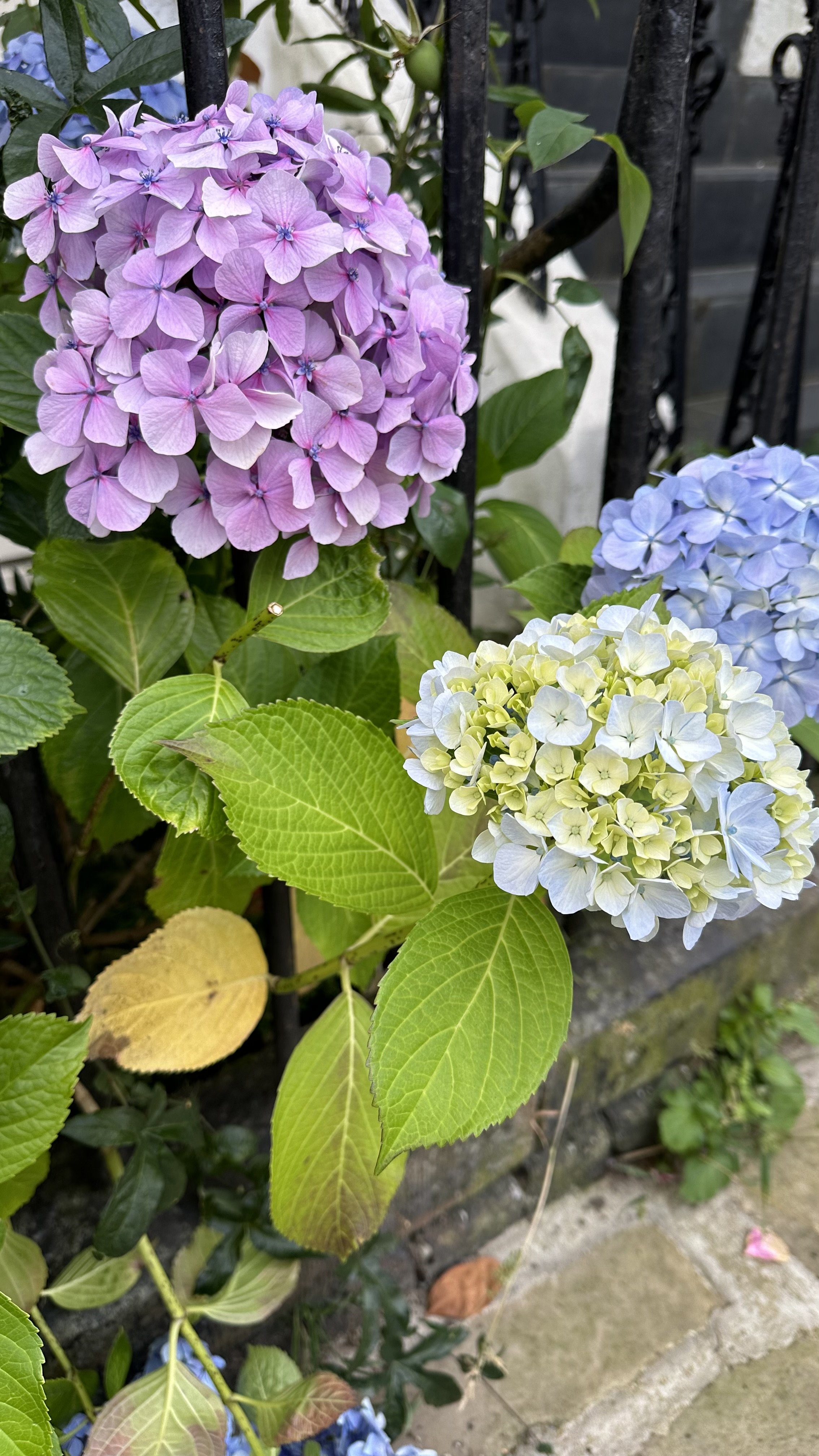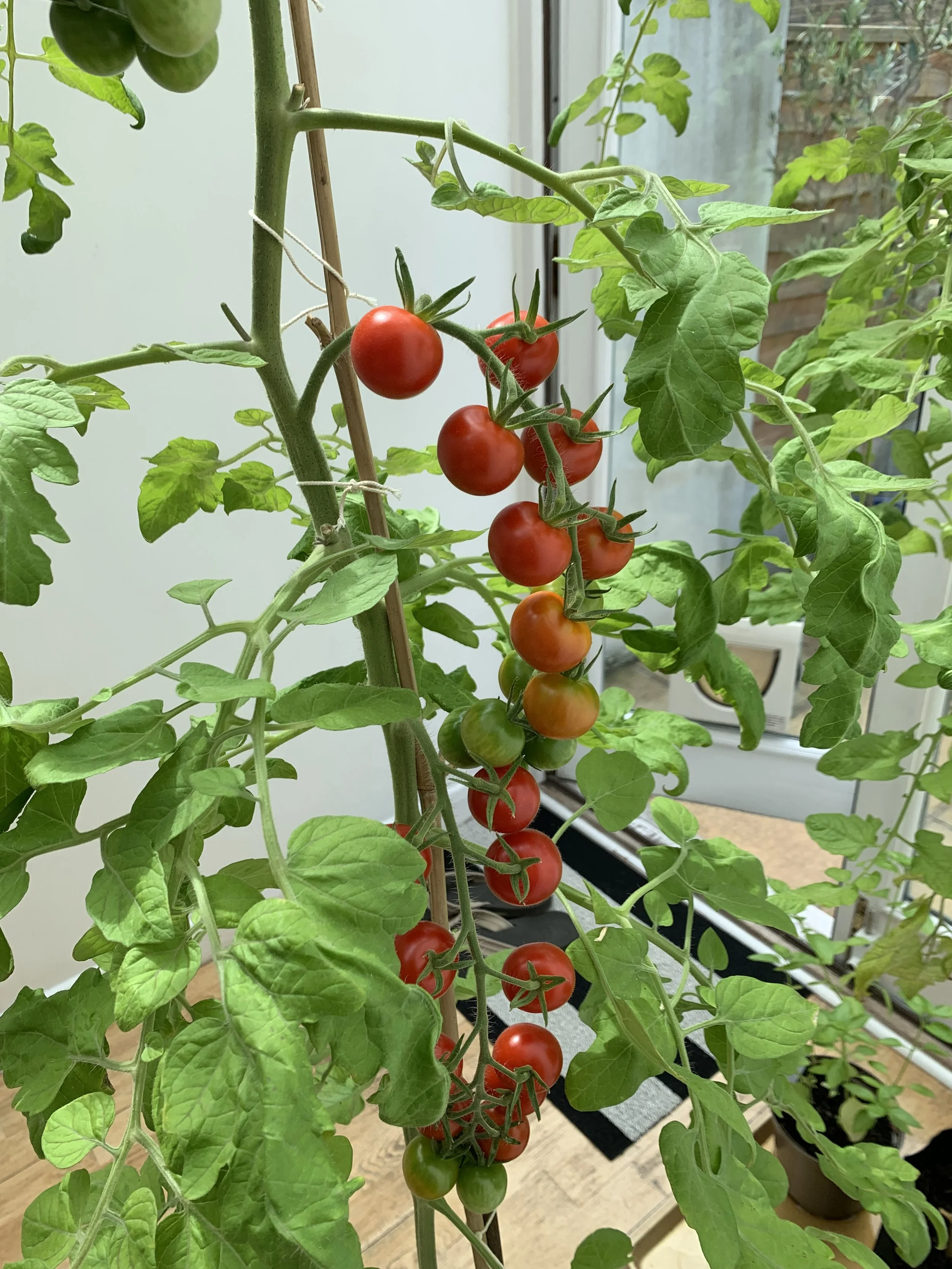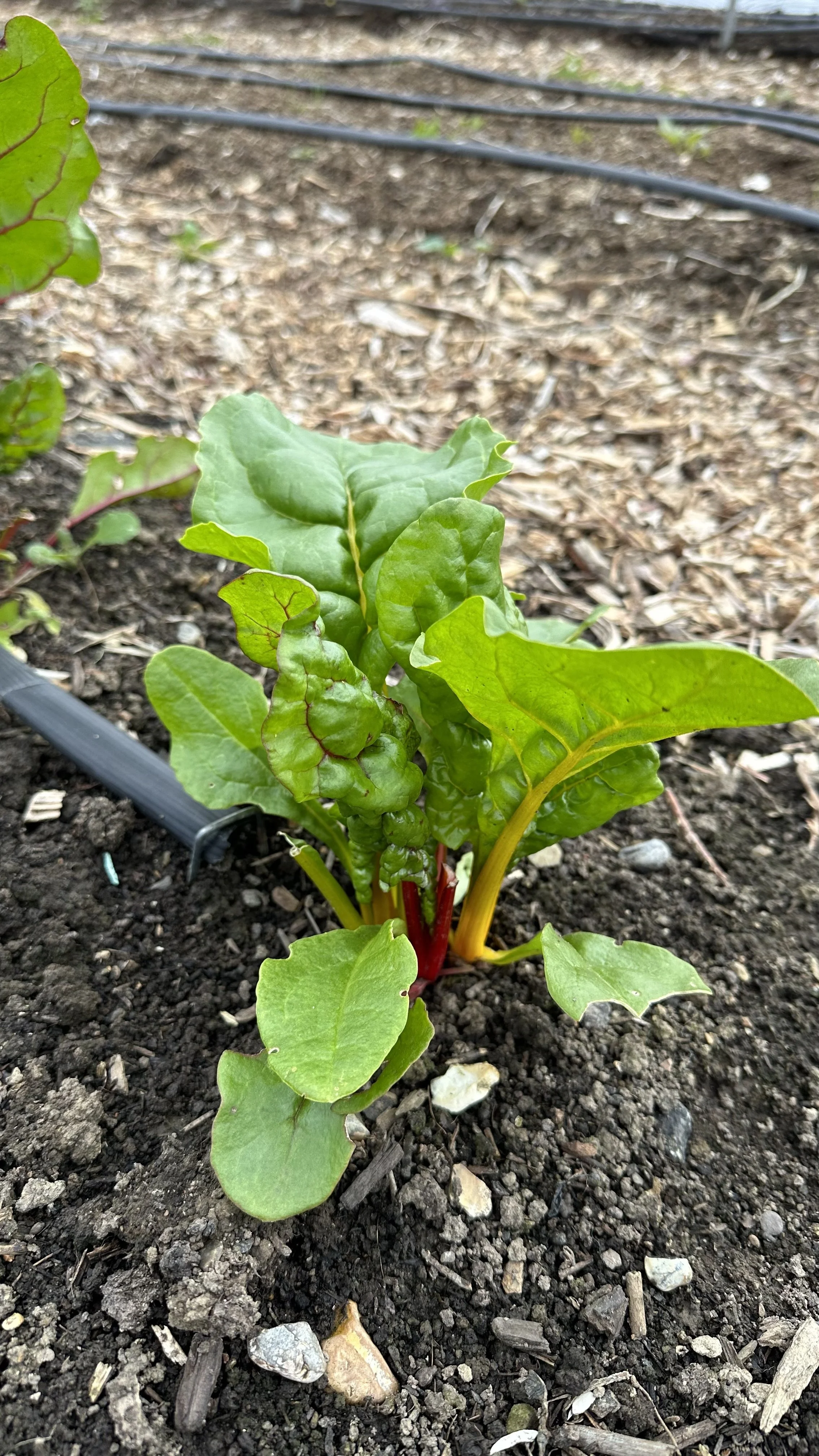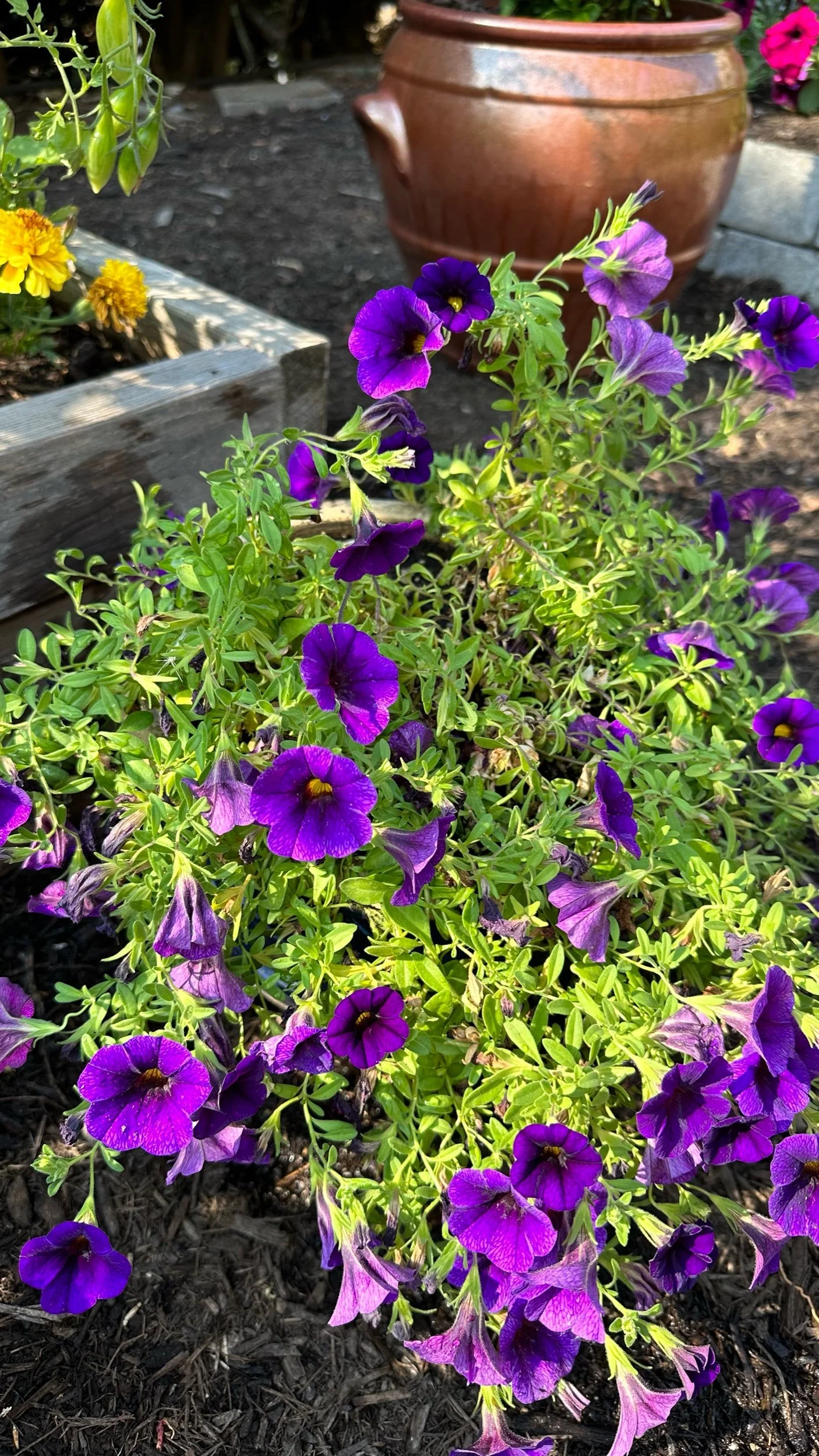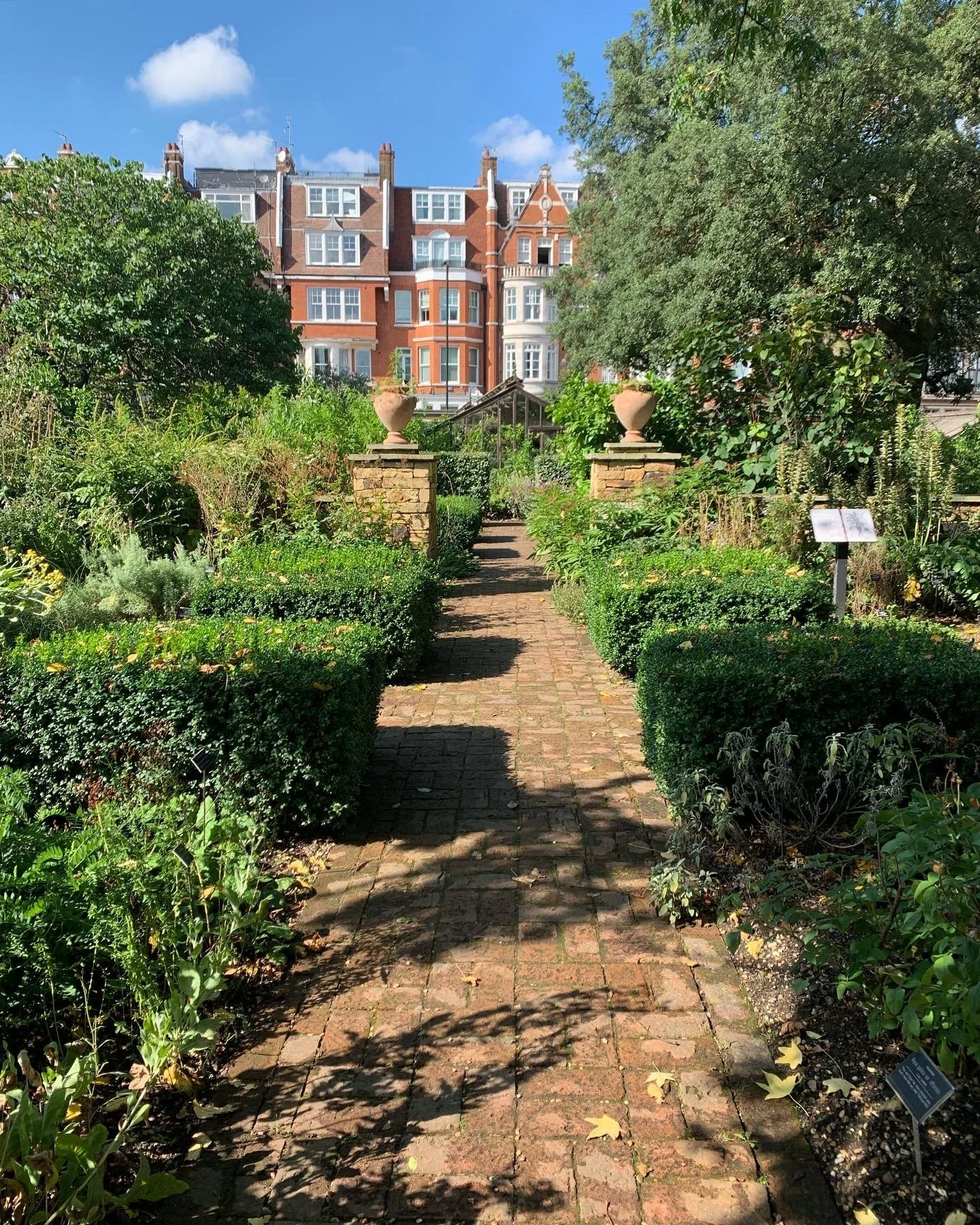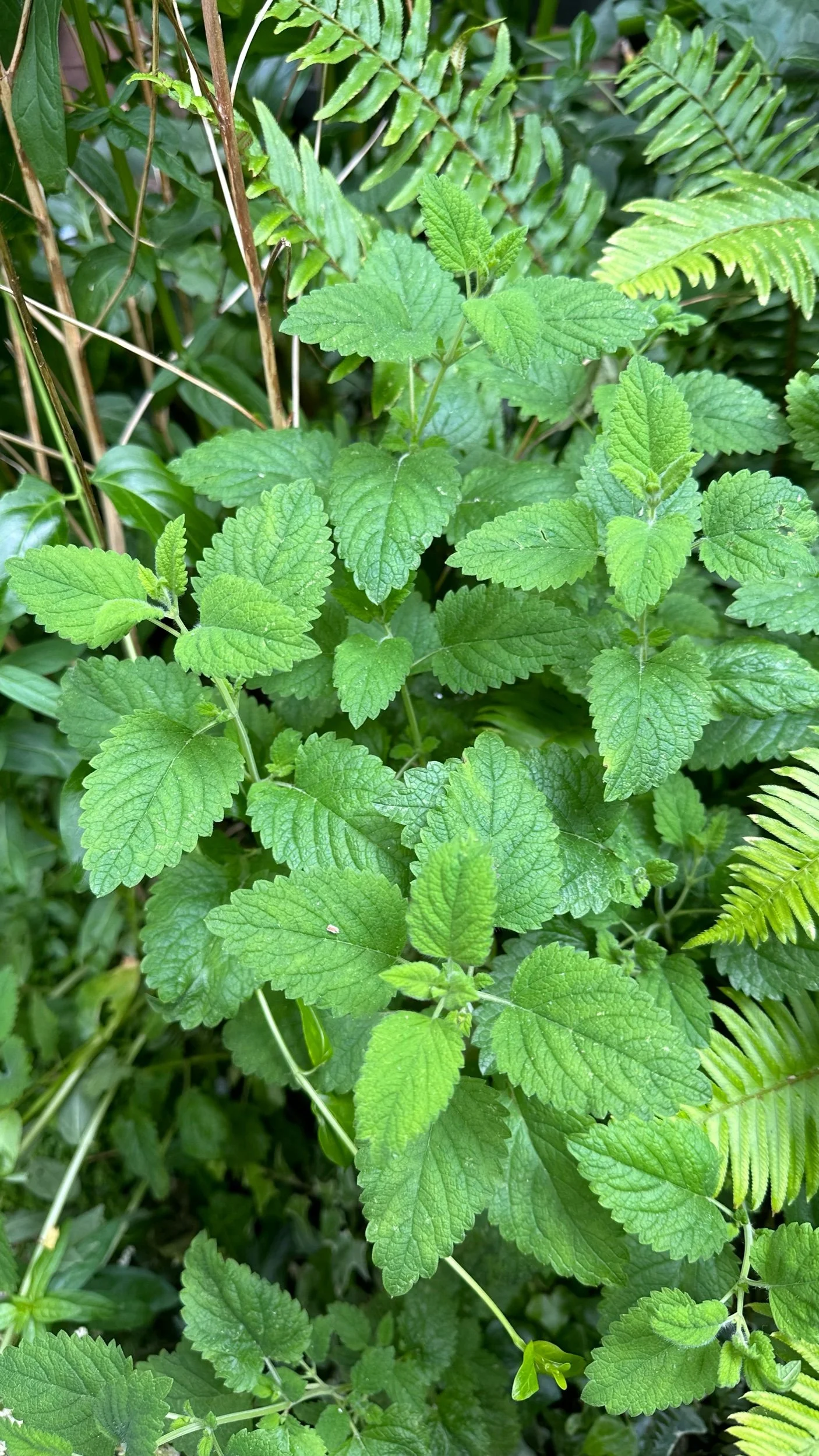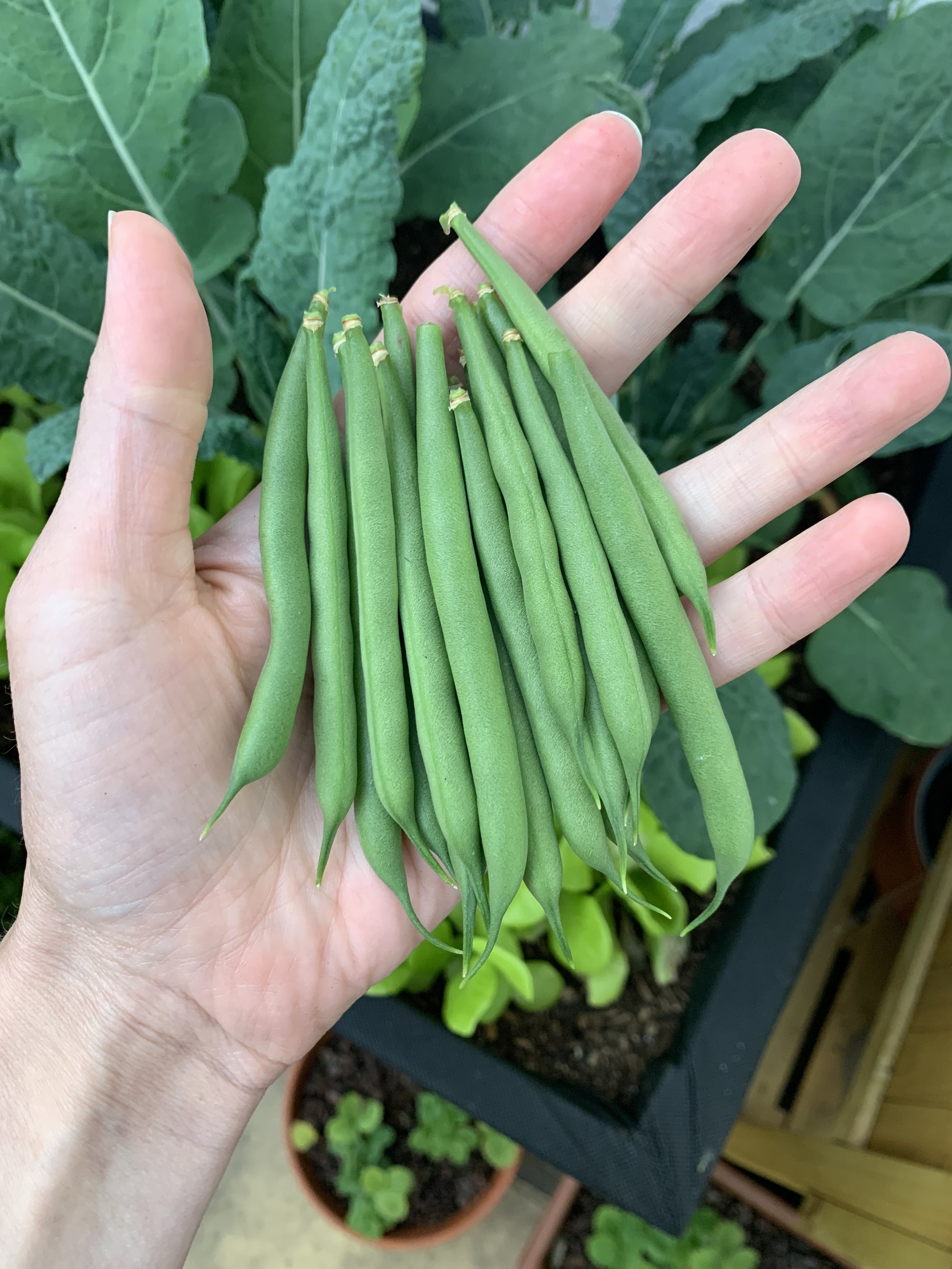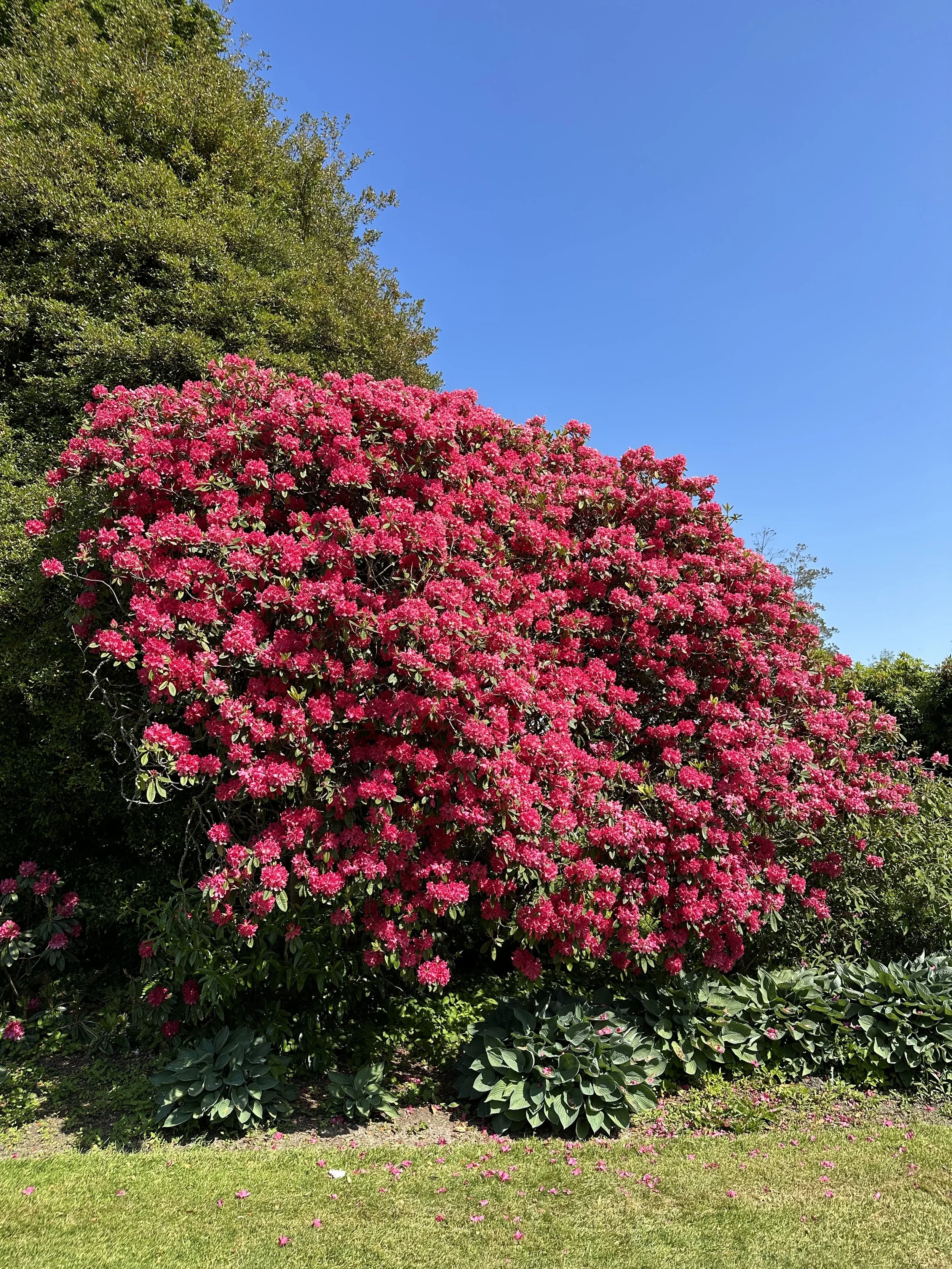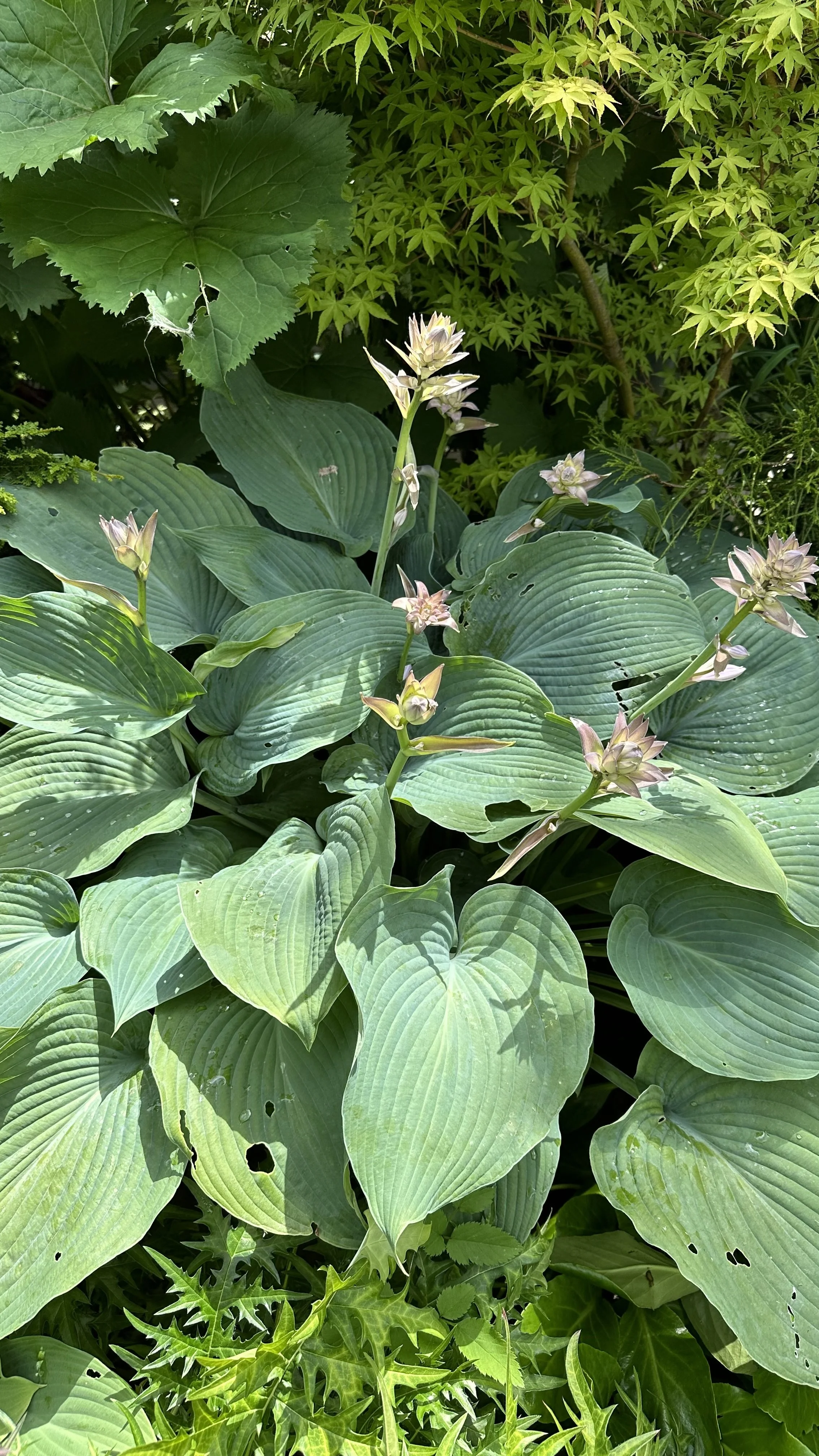Yellow Hydrangea Leaves: Fixing the Problem
This article has links to products that I may make commission from.
Hydrangeas are a really popular choice due to their easy maintenance and long-lasting blooms.
However, even the most well-cared-for hydrangeas can experience problems from time to time.
One of the most common issues is yellowing leaves, which can be caused by a variety of factors.
If you've noticed your hydrangea leaves turning yellow, don't worry.
Here I will take you through the potential causes of yellow hydrangea leaves and provide tips on how to revive your plant so you can enjoy healthy, vibrant hydrangeas all season long.
To learn more about growing hydrangeas, check out my guide The Best Companion Plants for Hydrangeas.
How to Fix Yellow Hydrangea Leaves
Lack of Water
One of the most common reasons why hydrangea leaves turn yellow is a lack of water.
Hydrangeas require consistent moisture to thrive, and if they don't receive enough water, their leaves may start to turn yellow as a result of dehydration.
This is because when there isn't enough water available, the plant will begin to conserve it by shutting down certain processes, such as photosynthesis.
This can cause the leaves to yellow and eventually drop off.
In addition to yellowing leaves, a lack of water can also cause other symptoms such as wilting, drooping, and a general decline in plant health.
It's important to make sure your hydrangeas are receiving enough water, especially during hot, dry weather or when they are first planted and establishing their root system.
To prevent yellowing leaves due to lack of water, make sure your hydrangeas are receiving enough water on a regular basis.
Generally, they need about 1 inch of water per week, either from rainfall or manual watering.
If you're not sure if your plant is getting enough water, check the soil moisture level by sticking your finger into the soil.
If it feels soil dry, it's time to water.
For more watering tips, check out my guide How to Use Watering Globes.
How Can You Tell if a Hydrangea is Overwatered or Underwatered?
Overwatering and underwatering can both cause problems for hydrangeas, and it can be challenging to tell the difference between the two just by looking at the plant.
However, there are a few key signs that can help you determine whether your hydrangea is overwatered or underwatered.
Soil Moisture Level:
The easiest way to tell if your hydrangea is overwatered or underwatered is by checking the soil moisture level.
Insert your finger into the soil about an inch deep.
If the soil feels wet and waterlogged, it's likely that you're overwatering your hydrangea.
If the soil feels dry and crumbly, it's likely that you're underwatering your hydrangea.
Leaf Color:
Hydrangea leaves can give you some clues about whether your plant is overwatered or underwatered.
If the leaves are yellow and drooping, it could be a sign of overwatering.
On the other hand, if the leaves are dry and crispy, it could be a sign of underwatering.
Growth and Blooms:
Overwatered hydrangeas may have stunted growth, while underwatered hydrangeas may stop growing altogether.
Overwatered hydrangeas may also produce fewer blooms or have smaller blooms, while underwatered hydrangeas may not produce any blooms at all.
Root Health:
If you suspect that your hydrangea is overwatered, you can gently dig up the plant and inspect the roots.
Overwatered hydrangeas may have mushy, brown roots that are starting to rot.
Underwatered hydrangeas may have dry, brittle roots that are not taking up water.
Soil pH
Hydrangeas require a specific pH level in the soil to thrive.
If the pH level of the soil is too high or too low, it can cause yellow leaves.
Hydrangeas prefer a slightly acidic soil with a pH level between 5.0 and 6.2.
Hydrangeas are known for their ability to change color based on the pH of the soil they're growing in.
Specifically, soil pH can affect the availability of certain nutrients that hydrangeas need to thrive, such as iron.
Here is my recommended soil pH meter in order to check your current soil pH:
When the soil pH is too high (i.e., the soil is too alkaline), hydrangeas may not be able to absorb enough iron, which can cause their leaves to turn yellow.
This condition is known as iron chlorosis.
Iron is an essential micronutrient that plays a critical role in the production of chlorophyll, which is necessary for photosynthesis.
When a plant can't absorb enough iron, it can't produce enough chlorophyll, which can cause the leaves to yellow.
To prevent yellowing leaves due to high soil pH, you can try adjusting the pH of your soil.
If your soil is too alkaline (i.e., has a pH above 7.0), you can add amendments such as elemental sulfur or aluminum sulfate to lower the pH.
Here is the aluminum sulfate I recommend using:
It's important to note that changing soil pH can be a slow process, so it may take several months to see results.
Additionally, if you're growing hydrangeas in containers, it may be easier to adjust the soil pH by using a specialized potting mix designed for acid-loving plants.
Here is the potting mix for acid-loving plants I recommend:
Fun fact about hydrangeas:
The color of hydrangea flowers can be influenced by the pH level of the soil.
In acidic soil (pH below 7), hydrangea flowers will typically be blue, while in alkaline soil (pH above 7), the flowers will be pink.
This is because the pH level of the soil affects the availability of aluminum ions in the soil, which can affect the color of the flowers.
In neutral soil (pH 7), the flowers will typically be white.
This unique feature makes hydrangeas a fun choice for the garden if you enjoy experimenting with soil pH to achieve their desired flower color.
For more garden tips, check out my guides:
Nutrient Deficiency
Hydrangeas require specific nutrients to grow and thrive.
If the soil is lacking in essential nutrients, it can cause the leaves to turn yellow.
Hydrangeas require several essential nutrients to grow and thrive, including nitrogen, phosphorus, potassium, iron, and magnesium.
When any of these nutrients are lacking, it can lead to symptoms such as yellowing leaves.
A lack of nitrogen, for example, can cause the leaves of the hydrangea to turn pale yellow or even white.
Nitrogen is an essential nutrient that plants use to produce chlorophyll, which is responsible for the green color of leaves.
Without enough nitrogen, the plant cannot produce enough chlorophyll, and the leaves will become yellow or pale.
A deficiency in other nutrients, such as iron, magnesium, or potassium, can also cause hydrangea yellow leaves.
For example, an iron deficiency can lead to interveinal chlorosis, which is when the area between the veins of the leaves turns yellow while the veins remain green.
A magnesium deficiency can cause yellowing between the veins, but the veins themselves may turn yellow or red.
To prevent yellowing leaves due to nutrient deficiencies, it's important to provide your hydrangeas with a balanced fertilizer that contains all the necessary nutrients in the correct proportions.
You can also amend your soil with organic matter, such as compost or manure, to improve soil fertility and nutrient availability.
If you suspect a specific nutrient deficiency, you can also use a targeted fertilizer or supplement to address the issue.
It's important to note, however, that applying too much fertilizer can also cause problems, so be sure to follow the instructions carefully.
Here is my recommended fertilizer for hydrangeas:
For more garden tips, check out my guides:
Pests and Diseases
Pests and diseases can also cause the leaves of hydrangeas to turn yellow.
There are several common pests and diseases that can affect hydrangeas, each with their own unique symptoms.
One common pest that can cause yellowing leaves is spider mites.
These tiny pests feed on the sap of the plant, which can cause the leaves to turn yellow or brown and eventually drop off.
Spider mites are most commonly found in hot, dry weather, and can be controlled with insecticidal soap or neem oil.
Here is my recommended neem oil:
Another common pest that can cause yellowing leaves is aphids.
These small insects feed on the sap of the plant and can cause the leaves to curl and yellow.
Aphids can also be controlled with insecticidal soap or neem oil.
In addition to pests, several diseases can also cause hydrangea leaves to turn yellow.
One common disease is powdery mildew, which is a fungal disease that can cause a white, powdery growth on the leaves.
As the disease progresses, the leaves can turn yellow and eventually drop off.
Powdery mildew can be controlled with fungicides or by removing and destroying infected plant parts.
Root rot is another disease that can cause yellowing leaves in hydrangeas.
This disease is caused by a fungus that attacks the roots of the plant, which can lead to poor nutrient uptake and yellowing leaves.
Root rot can be prevented by ensuring good drainage in the soil and avoiding overwatering.
To prevent yellowing leaves due to pests and diseases, it's important to practice good plant hygiene and plant care, such as removing and destroying infected plant parts and avoiding overwatering.
Regularly inspecting your plants for signs of pests and diseases can also help catch any problems early and prevent them from spreading.
If you do notice a problem, you can use targeted treatments, such as insecticidal soap or fungicides, to control the issue.
For more garden tips, check out my guides:
Direct Sunlight
Direct sunlight can also cause hydrangea leaves to turn yellow.
While hydrangeas require some sunlight to grow and bloom, they can be sensitive to too much direct sunlight, especially during the hottest parts of the day.
When hydrangea plants are exposed to too much direct sunlight, it can cause their leaves to turn yellow or even brown and scorched.
This leaf scorch occurs because the intense sunlight can damage the chloroplasts in the leaves, which are responsible for photosynthesis.
As a result, the new leaves cannot produce enough energy to sustain the plant, which can lead to yellowing and eventually leaf drop.
To prevent yellowing leaves due to too much direct sunlight, it's important to provide your hydrangea plant with the right amount of sun exposure.
In general, hydrangeas prefer partial shade or filtered sunlight, especially in hot climates.
If your hydrangeas are in a location that receives too much direct sunlight, you can try providing them with shade cloth or moving them to a more shaded location.
It's also important to ensure that your hydrangeas are getting enough water during hot weather, as excessive heat can cause them to dry out and become stressed.
Hyrdangeas do incredibly well in north-east facing gardens.
Read more about north-east facing gardens in my guide: The Best Plants for a North East Facing Garden.
Wrap-Up
There are several reasons why hydrangea leaves may turn yellow.
Lack of water, nutrient deficiencies, pests and diseases, and too much direct sunlight are all common factors that can contribute to yellowing leaves in hydrangeas.
By understanding the causes of yellowing leaves, you can take steps to prevent the issue and keep your hydrangeas healthy and thriving.
Some preventative measures include providing adequate water, using balanced fertilizers, practicing good plant hygiene, providing shade during hot weather, and avoiding overexposure to direct sunlight.
With proper care and attention, you can enjoy your hydrangeas for years to come.
